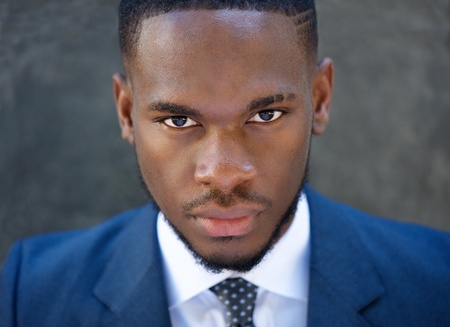3 min read
Personal Leadership Development Plan: Helping Teams Under Stress
IS YOUR TEAM UNDER STRESS?
The following is another lesson from my coaching play book about a leader whose team was...
By: Diane Ring on July 26, 2021

A recent survey of research revealed several compelling forces driving today's leadership in businesses today and the impact these are having on leadership development.
Leadership can demand anyone operate at a high-intensity at times, such as when there are urgent issues that surface and are time sensitive. That isn’t the kind of high-intensity these trends are as pertinent to. Where these trends do matter, however, are with leaders who are being asked to be collaborative, humble, and emotionally aware when they are hard-wired to operate with high-intensity. This paradox can pose some challenges for leaders with this style.
I have worked with many high-intensity leaders who are well intended and acting for the good of the organization and their team, yet were completely blindsided by how others perceived them as autocratic, self-serving and diminishers of others. The most successful high-intensity leaders I know are highly self-aware about their intensity and their impact on others and have developed ways to regulate it.
High-intensity is typically described as:
A great energy, strength, concentration, vehemence, etc., as of activity, thought, or feeling: a high or extreme degree, a high degree of emotional excitement; depth of feeling.
High-intensity then simply means a lot of those qualities. Inherently, intensity is not good or bad. This is key to examining this topic as it relates to leadership because frankly, some of the qualities of intensity are what make an effective leader.
Steve Jobs is frequently held up as a great example of the pros and cons of high-intensity leadership. Ultimately, Apple forced Jobs out of leading and brought in John Sculley (Apple CEO, 1983 – 1993), a very successful leader from PepsiCo. Scully says in this 2015 Forbes interview, “I wish I had learned it earlier, but when you are young, you either think you can do everything better yourself, or you think you can’t admit that someone else might actually be better than you at a number of things a company has to do to be successful. It turns out that very few, if any of us, are equally good at everything you have to do to be a successful leader.” Another confirmation of the importance for leaders to collaborate well with others.
One of the main reasons I use the Enneagram personality system as part of coaching and team development is to help people gain insight into their operating system. Every personality type described in the Enneagram can demonstrate high intensity behaviors. They just express it differently based on how their type is motivated. There are a few personality types, I frequently find in leadership roles, whose high-intensity is part of what makes them really great leaders and can be both their strength and their weakness. Their expression of high-intensity, such as extreme persistence toward results, perfectionistic approach to quality standards, and assertively providing re-direction can be counter intuitive to the collaborative, humble and emotional attuned leadership style expected of them. The Enneagram is very useful in helping people understand their natural leanings and find ways to be the best, most adaptive version of you.
If your leadership style is naturally intense, and your role requires a little gentler touch, here are some tips some of my clients have found helpful:
In summary, the collaborative, gentler model of leadership trending today holds the promise of getting more done with fewer resources, developing and attracting talent, and cultivating new ideas and energy to drive organizational change and innovation. Those are some great benefits leaders with any style can appreciate.
In what ways have you adapted more gentle leadership instead of high-intensity? Tell us below!
Nov 4, 2021by Diane Ring
IS YOUR TEAM UNDER STRESS?
The following is another lesson from my coaching play book about a leader whose team was...
Nov 3, 2021by Diane Ring
There is nothing like a sudden change of executive leadership to trigger all kinds of personality dynamics in a team....
Nov 2, 2021by Diane Ring
More than 70% of executives are not effective at supporting new-to-role peers and managers according the Corporate...